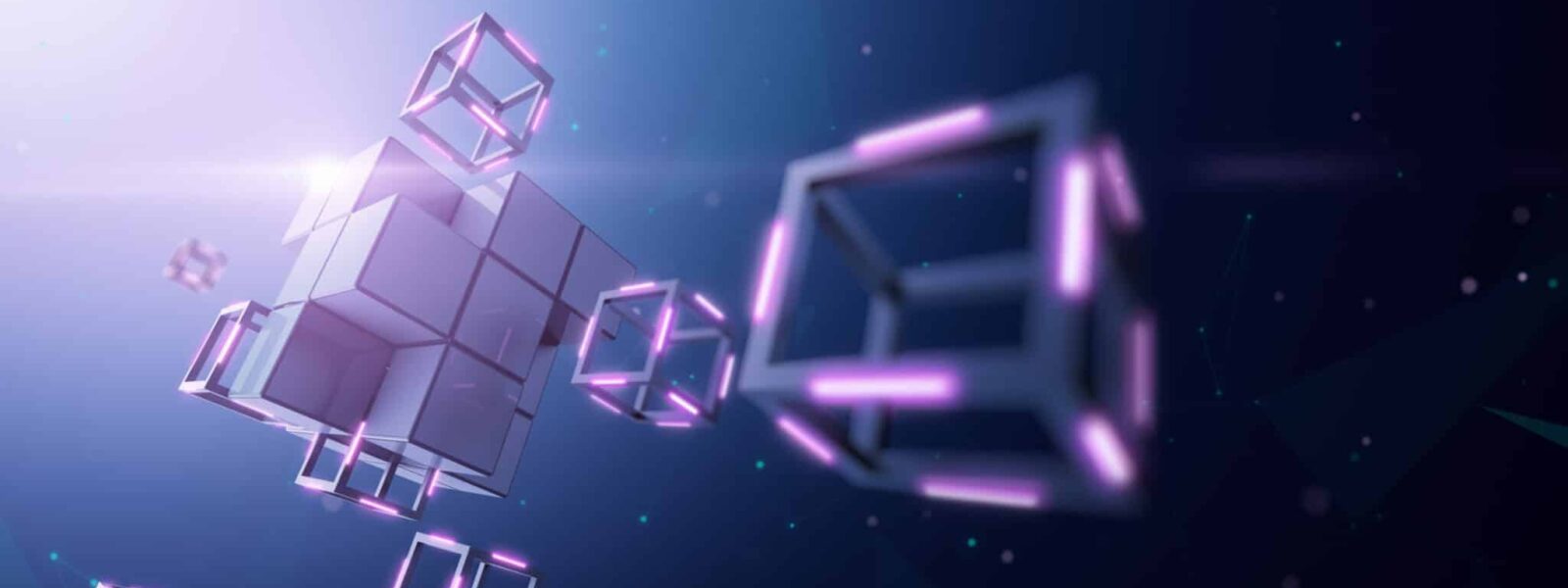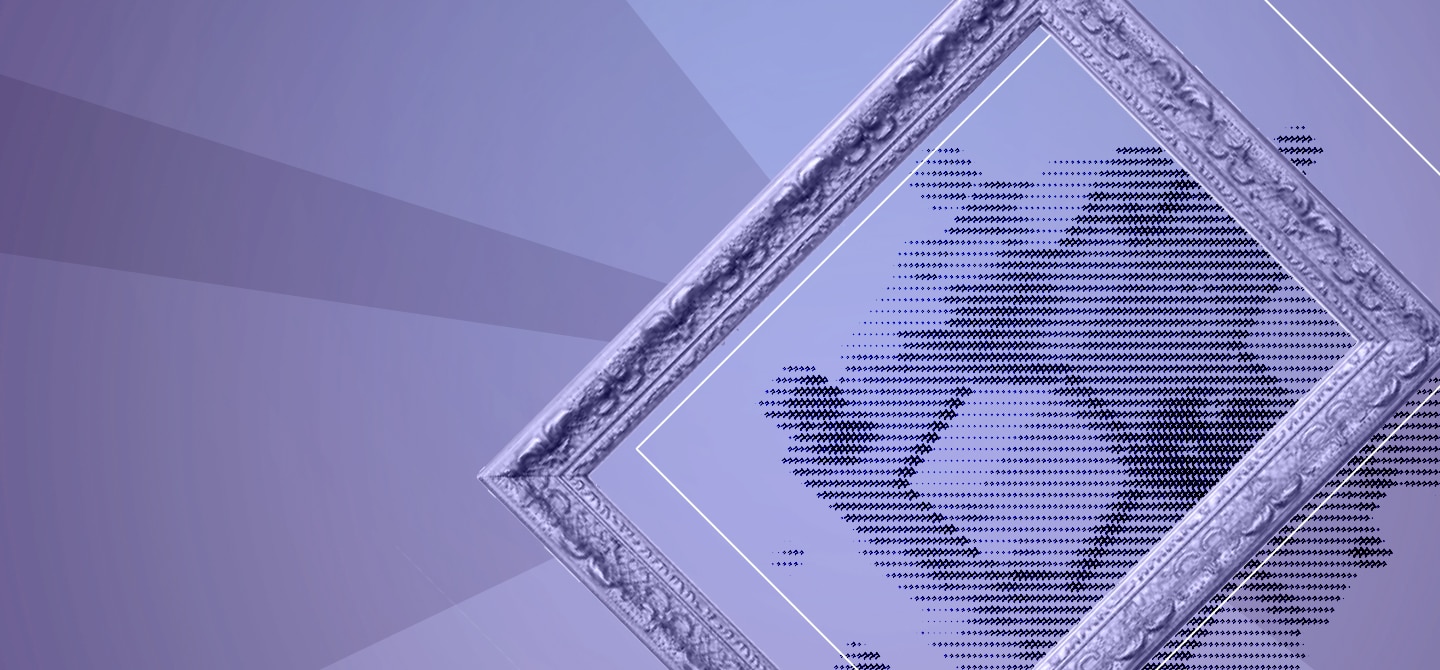Blockchain: technology is improving but regulation still inadequate
- Blockchain is a technology that enables decentralised infrastructures – categorised as public and private.
- Still in development, blockchain could revolutionise our future transactions.
- This highly promising technology is still limited, kindling both enthusiasm and questions.
- Improvements are still to be expected (the efficiency-cost ratio and confidentiality), but new solutions such as rollups and zero knowledge are already proving their worth.
With growing interest in various cryptocurrencies, blockchain technology has seen a meteoric rise in recent years. Yet blockchain still has plenty of room for improvement, so what practical applications can we foresee for the future?
Several scandals have ultimately hampered its development. “There was so much enthusiasm that cryptocurrencies were obviously in the news,” says Daniel Augot, Director of Research at INRIA and head of the Blockchain Chair. “There has been speculation, fraud, manipulation, and exorbitant amounts of money being raised in a completely unreasonable way.” This has had the effect of dissipating the enthusiasm generated, whereas, for the researcher, we need “a better understanding of the technology to be less seduced by it.”
This technology is not limited to cryptocurrencies. “Blockchain is a technology that enables decentralised infrastructures to be deployed,” explains Xavier de Boissieu, co-founder of Quadratic, a consultancy and engineering firm specialising in data science, application development and Web‑3. “For example, bank transaction data is stored on a server belonging to an entity, usually a bank, which has free rein to modify or delete it.” This means that you must trust this entity. “In a blockchain system, this information is held by a multitude of entities,” he adds. So, by decentralising the infrastructure, this system itself creates trust.
Rushed yet justified enthusiasm
According to Daniel Augot, enthusiasm for blockchain is justified. “This technology has the potential to revolutionise our transactions. However, it can be considered as still being in its infancy, and several limitations have been discovered in recent times. First and foremost, a blockchain provides an unforgeable register that can be used to support cryptocurrencies. The purpose of the famous Bitcoin, for example, was to keep a record of monetary transactions,” he says. “This is what banks do with each other, but they do it in a way that can be altered. They can cancel a payment, or simply alter what has been done. This is impossible with blockchain, because we want it to be sealed and therefore impossible to modify.”
The benefits are significant, but there are still a few limitations. In particular, the number of transactions per second remains low. Transaction latency is slow, so costs are high. The answer to this limitation could be rollups. “Rollups allow users to batch process operations for a large number of transactions,” continues Daniel Augot. “Only a minimal trace is written on the chain. This saves space in the register.” These rollups are outsourced to the blockchain but have the advantage reinforcing blockchain security. “We have an asymmetrical situation, with a user with very limited computing resources (a smartphone) who doesn’t totally trust the server that does the calculation for him,” he explains. “So, we need a verifiable calculation that can force the server to provide cryptographic proof through the rollup.”
A second limitation is the need to ensure the confidentiality of its use. Once again, a technology has been put in place to address this issue. “Zero-knowledge is a miraculous technology,” says the researcher, “that allows you to make entries in a hidden, blind way, while proving that these entries correspond to valid operations.” This makes it possible to validate an operation without actually seeing what is being done.
The future of our transactions
First of all, there are two main paradigms for deploying blockchain: private blockchain and public blockchain. “In a private blockchain system, access to the infrastructure and the role of validator are both restricted,” notes Xavier de Boissieu. “With a public system, it’s strictly the opposite. Access is global, and anyone can access the information and write to the system.” Private systems are generally used between companies. By limiting access, they offer greater control and confidentiality. On the other hand, public systems have the advantage of transparency of operations. They are often used for crypto-currencies and the issue of tokens, such as Bitcoin and Ethereum illustrate.
Business-to-business blockchain enables a shared, trusted infrastructure to be put in place. Once this common information base has been established, companies will be able to build applications, which are often digitisation applications, to improve operational efficiency. “When technology enables potentially competing players to cooperate, we talk about coopetition,” adds the co-founder of Quadratic. “It therefore enables this type of application to be deployed not on the scale of a single company, but on the scale of several companies, or even an entire sector.”
This technology is already beginning to shape the future of our transactions. This can be seen in the power that this technology is beginning to provide to Decentralised Autonomous Organisations (DAOs). Xavier de Boissieu explains: “There are DAOs that have a few billion dollars in cash and are going to use governance to manage operations that can generate hundreds of millions of dollars in annual profits. So, we’ve really moved on from the research and experimentation stage to setting up large-scale coordination protocols.”
The birth of Web3
Public blockchains, on the other hand, enable decentralised systems to be created without the need for a central authority. This improves trust and security in a variety of areas, including finance, healthcare and supply chain management. A clear example of this increased transparency can be found in the role of validators. “One of the functions of cryptocurrencies is to pay the validators of public blockchains,” says Xavier de Boissieu. “This incentive ensures that the number of validators on these chains increases. The aim is to have as many people as possible, so that their interests are as varied as possible, and to ensure that the blockchains are properly validated.” This type of system is not infallible when a majority of validators, whose role is to validate and secure an immutable chain, work in their own interests.
The main uses of public blockchains therefore include cryptocurrencies, smart contracts, and transaction traceability. “This involves two aspects,” he adds. “The first is that we have trusted public infrastructures in which we can keep unalterable records. These registers of information can therefore be registers of values, registers of who holds what. The second is the presence of systems for implementing tokens, which enable this value to be transferred almost immediately and securely.” This type of blockchain is known as the Internet of value, giving rise to the successor to Web2, Web3. “Today, beyond the Internet of information that we know [Web2],” he says, “there is a new layer [Web3] that gives the possibility of conveying value on public networks”.
“As soon as we can move value from one end of the globe to the other almost instantaneously without permission, we can see the problems this can cause,” he concludes. “We therefore need a framework to regulate this technology, despite the difficulties that this entails in view of its rapid evolution.”















